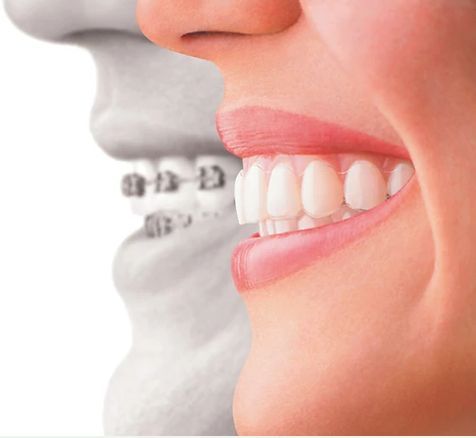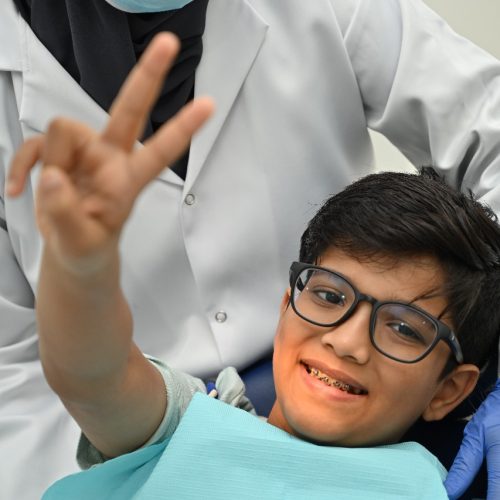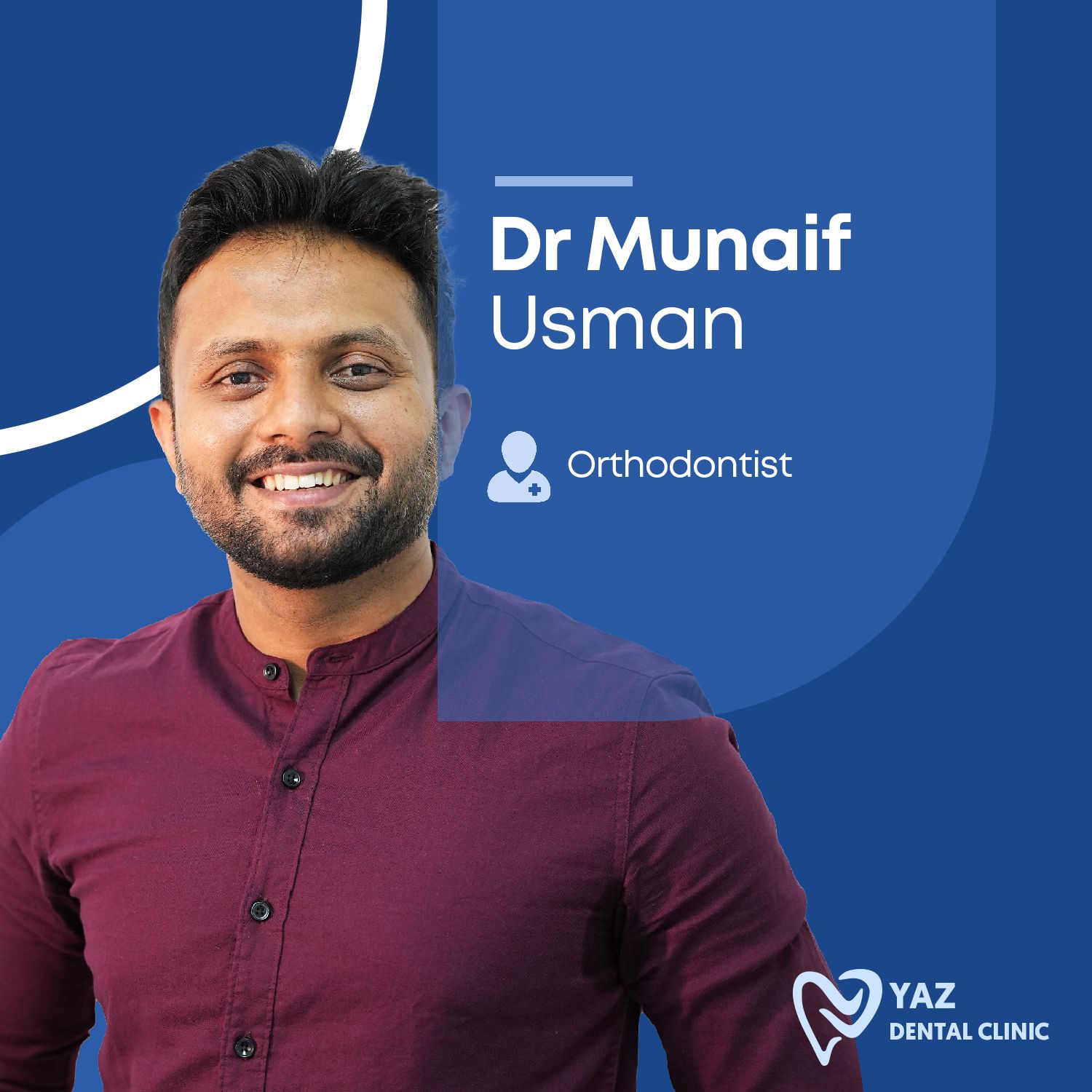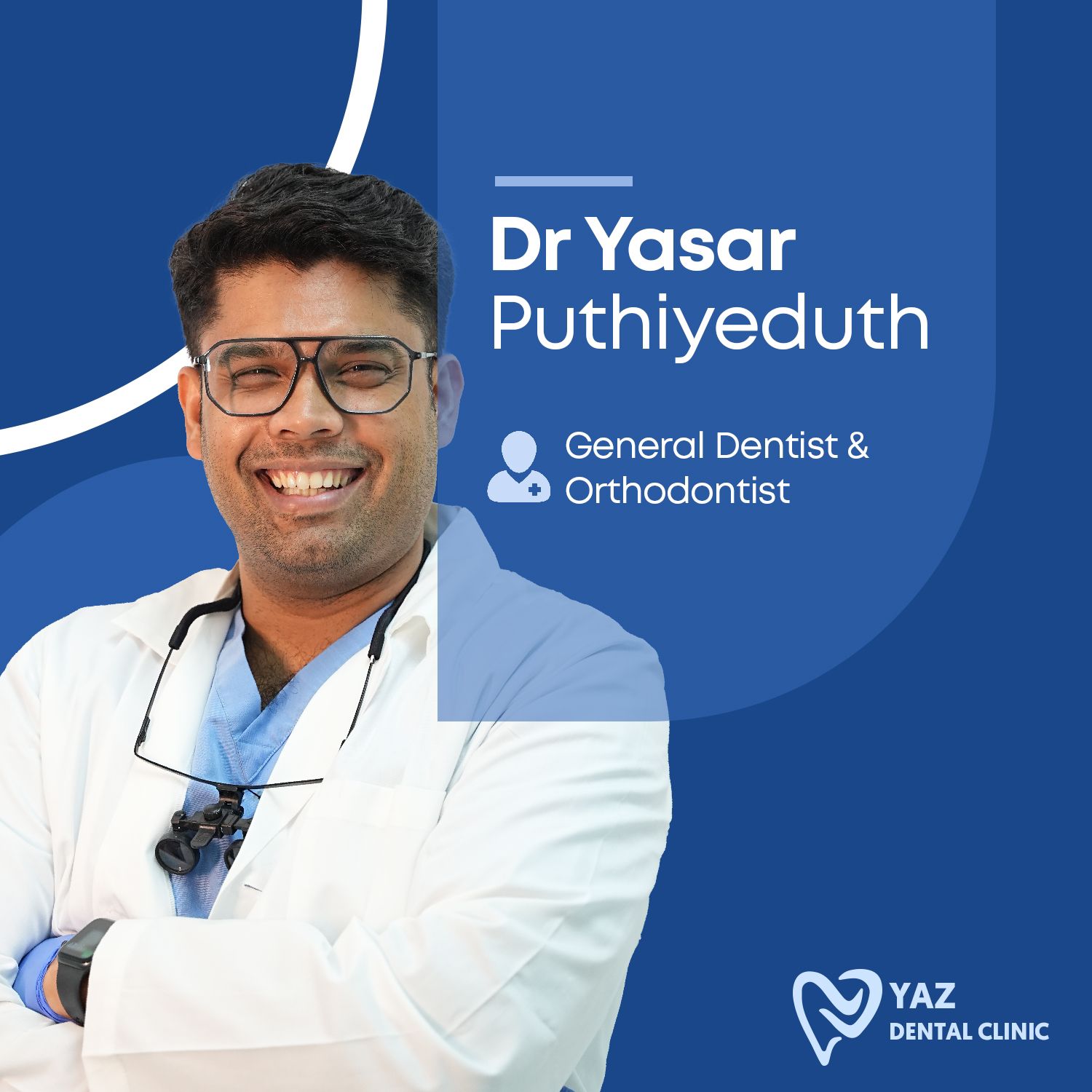ORTHODONTICS
What is Orthodontics?
Orthodontics involves the use of various techniques and appliances to correct dental and skeletal irregularities. This field addresses issues such as crooked teeth, bite problems, and jaw misalignment, which can impact oral health, function, and aesthetics.
Benefits of Orthodontics
Improved Function: Orthodontic treatment can enhance the ability to bite, chew, and speak properly by aligning the teeth and correcting bite issues.
Enhanced Appearance: Straightening teeth and improving the alignment of the jaw can lead to a more attractive and confident smile.
Better Oral Health: Properly aligned teeth are easier to clean, reducing the risk of tooth decay, gum disease, and other oral health problems.
Prevention of Wear and Tear: Correcting bite issues can prevent excessive wear on teeth and reduce the risk of jaw pain and temporomandibular joint (TMJ) disorders.
Boosted Confidence: A well-aligned smile can positively impact self-esteem and social interactions.


The Orthodontic Process
Initial Consultation:
- The orthodontic journey begins with a consultation to assess the patient’s dental condition. This may include X-rays, photographs, and impressions of the teeth to evaluate the alignment and bite.
Treatment Planning:
- Based on the diagnosis, the orthodontist develops a personalized treatment plan. This plan outlines the type of appliances or braces needed and the estimated duration of the treatment.
Placement of Appliances:
- Braces, aligners, or other orthodontic appliances are fitted according to the treatment plan. For braces, this involves bonding brackets to the teeth and attaching archwires. For aligners, a series of trays are created and fitted.
Regular Adjustments:
- During treatment, regular visits to the orthodontist are required to adjust appliances, monitor progress, and ensure that the teeth are moving as planned.
Completion and Retention:
- Once the teeth are aligned, the braces or aligners are removed, and a retainer is provided to maintain the new position of the teeth. Ongoing follow-up visits ensure that the results are stable.
Maintenance and Care
- Oral Hygiene: Maintaining excellent oral hygiene is crucial during orthodontic treatment. Regular brushing, flossing, and using orthodontic cleaning aids help prevent plaque buildup and tooth decay.
- Diet: Avoiding sticky, hard, or sugary foods can prevent damage to braces and ensure effective treatment.
- Follow-Up: Regular check-ups with your orthodontist are essential for monitoring progress and making necessary adjustments.
The Team
Our Experts




